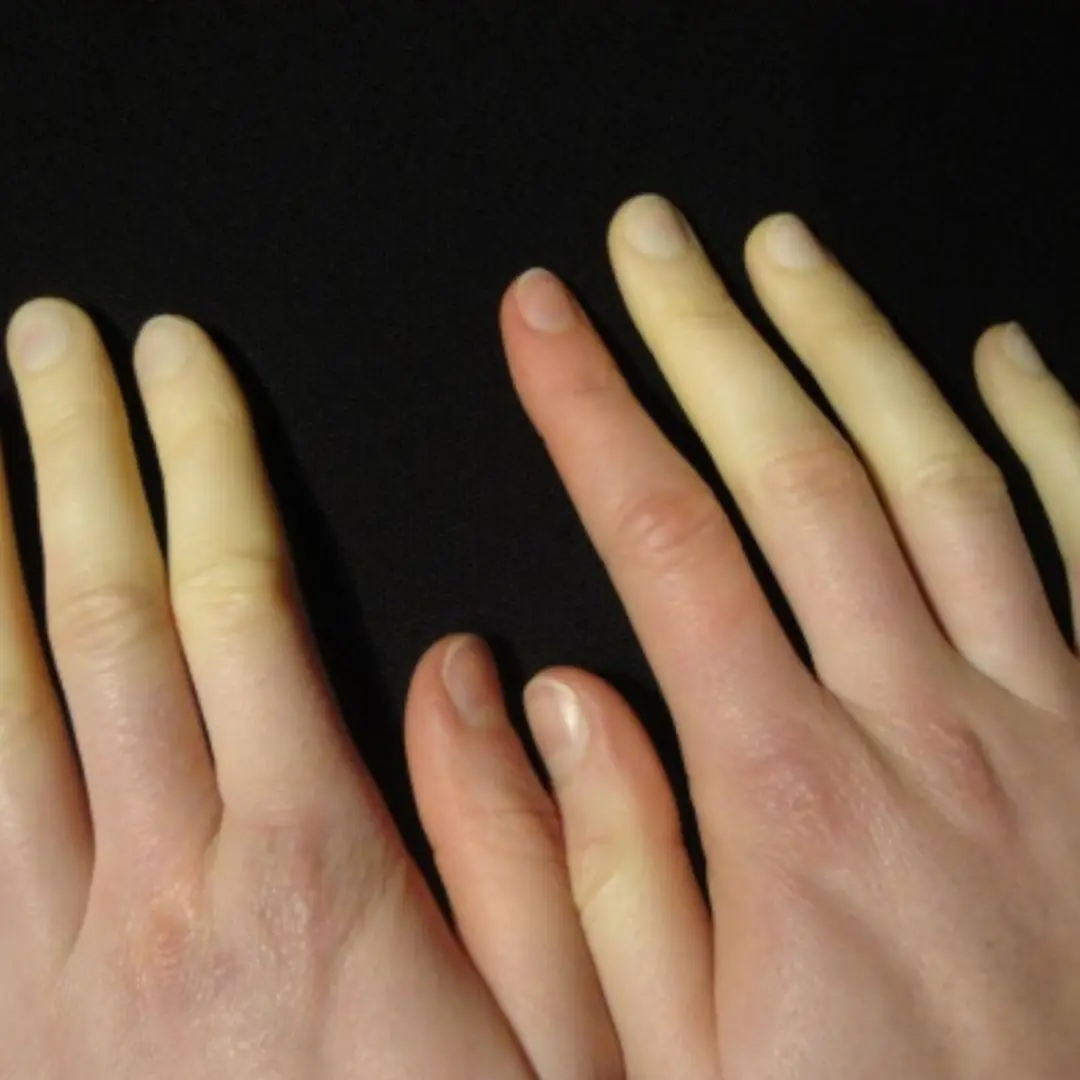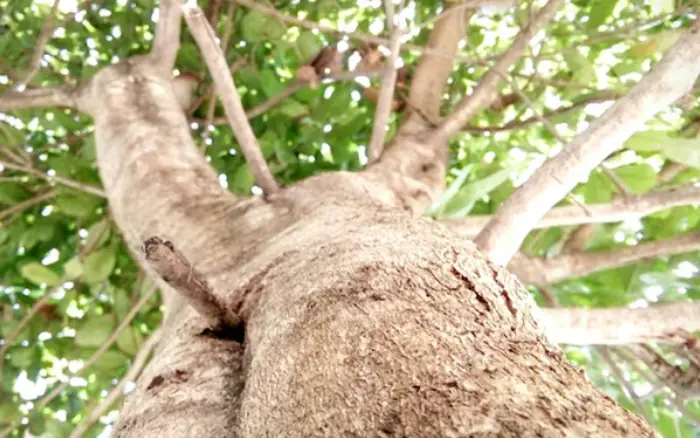
Does Using Strong Fan Mode on the Air Conditioner Consume More Electricity?
Does Using Strong Fan Mode on the Air Conditioner Consume More Electricity? Many Long-Time Users Still Get This Wrong
Not everyone knows how to adjust their air conditioner for both efficient performance and minimal power consumption.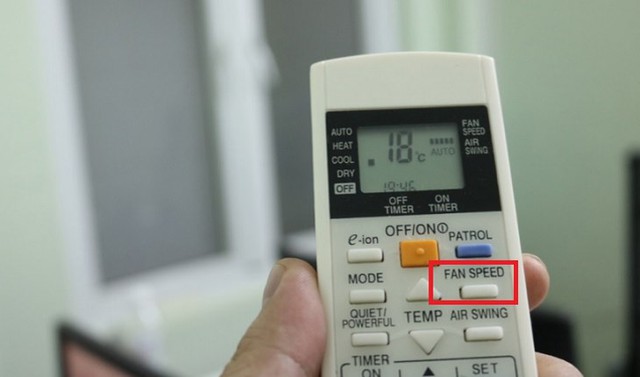
During summer or extreme heatwaves, air conditioners are among the most frequently used household appliances, often running at near-maximum capacity. To cool the room faster and more thoroughly, adjusting the fan speed — in addition to the temperature setting — plays an important role.
Most air conditioners offer 3–5 fan speed levels. While some users prefer low or medium fan speeds, others opt for the highest fan setting to cool the room as quickly as possible.
But does using a strong fan setting on your AC actually consume more electricity? Despite years of use, many people can’t answer this correctly — and worse, many get it wrong. Below is an analysis from a professional repair technician.
Expert Analysis from a Seasoned Technician
An experienced technician named N.M. Cuong shared his perspective based on years of real-world experience. According to him, using the highest fan speed doesn’t consume more electricity — in fact, it may help reduce it.
“The higher the fan speed on your AC, the faster the cool air spreads throughout the room, helping it reach the set temperature more quickly,” he explained.
He further clarified that once the room reaches the desired temperature, the AC automatically reduces its power consumption, and the compressor slows down. In other words, a stronger fan speed shortens the time your AC runs at full capacity, which can lead to lower overall energy usage.
As such, users can rest assured that using the AC with strong fan mode won’t waste electricity. On the contrary, starting your AC with low fan speed means it takes longer for the cool air to fill the room, causing the compressor to work harder for longer — ultimately using more electricity.
Additional Tips When Adjusting AC Fan Settings
Experts and manufacturers emphasize that the fan doesn’t just help distribute cool air evenly — it also promotes better air circulation, creating a more comfortable and ventilated environment.
In addition to fan speed, experts offer several other tips to help users adjust their AC fan settings for better efficiency and safety:
1. Fan Direction Matters
According to the same technician, when using a high fan speed, users should avoid pointing the airflow directly at the body.
“This helps minimize health risks, especially for children or those with weaker immune systems,” he noted.
The best practice is to set the fan direction at a mid-level height — not too high, not too low. This ensures cool air spreads evenly across the room without blowing directly onto the body, maximizing efficiency and minimizing energy waste.
2. Use the Fan-Only Mode When Possible
While often overlooked, the AC’s fan function can also be used independently, similar to other modes like "Cool," "Dry," or "Eco." This is called the “Fan Only” mode.
Electronics retailers like Dien May Xanh and Dien May HC explain that when “Fan Only” mode is selected, the AC stops producing cold air. Instead, the internal fan simply circulates room air gently — without activating the compressor.
This results in a light and pleasant cooling effect. While it won’t chill the room like the regular cooling mode, “Fan Only” is ideal for mild days when full air conditioning isn’t necessary.
On average, this mode uses only 50–100 watts per hour, about the same as a regular electric fan — significantly less than standard cooling mode. Moreover, it helps dry out the internal AC unit after use, which can reduce mold growth and extend the lifespan of your air conditioner.
News in the same category


Just hang a handful of these leaves in front of your door - flies and mosquitoes will disappear

8 types of plants that attract snakes into the house

Mixing fabric softener with salt: Great use to solve household problems

Pour Salt into the Toilet: The Surprising Benefits Every Home Needs

Do This Extra Step Before Boiling Chicken Breast for Juicy, Tender, and Not-Dry Results

In Autumn, Eat These 3 Lu.ng-Nourishing Dishes Regularly to Prevent Cough and Thr.oat Irritation
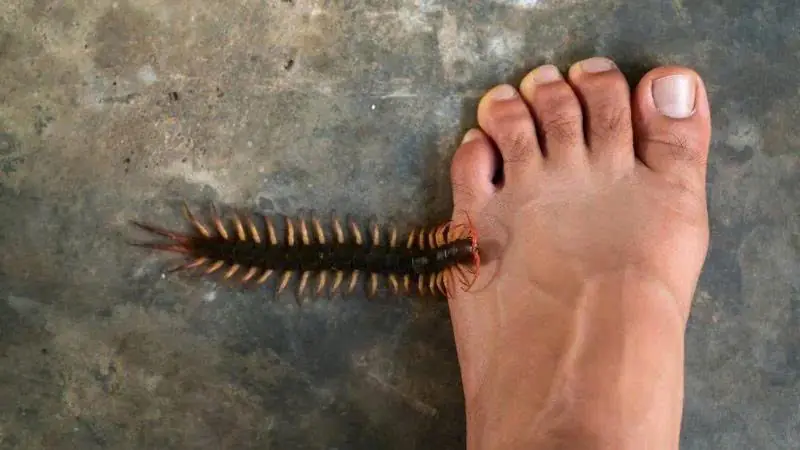
Reasons you should not ki.ll millipedes

When A Brown Bug Like This Appears In Your Yard, Immediate Action Is Required

Tips for washing grapes to remove dirt and worm eggs, and to safely eat the skin
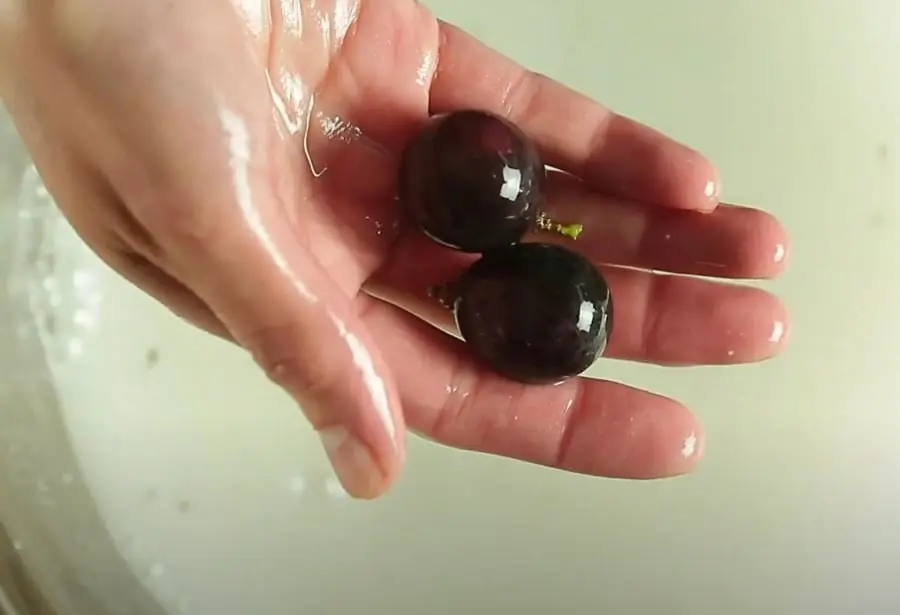
Don’t Eat Grapes Before You Know This Trick
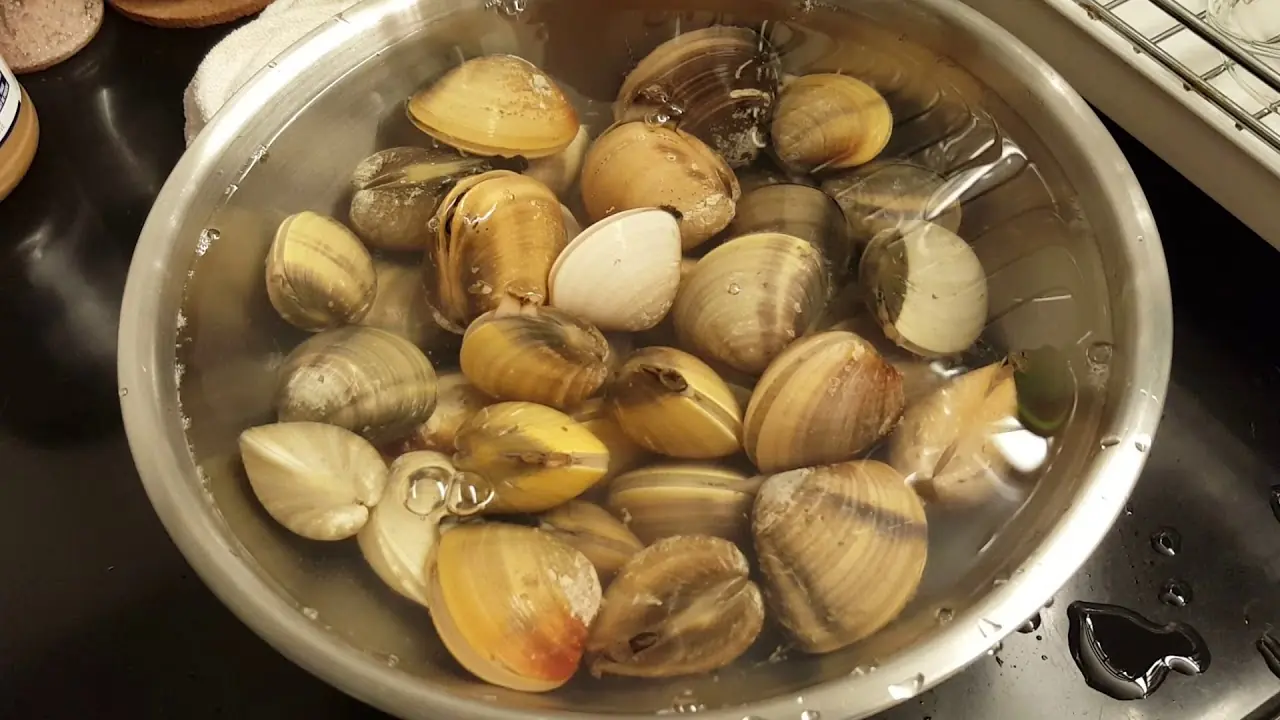
No Matter How You Wash Clams, There’s Still Grit Inside?

The Secret to Keeping Potatoes Fresh for 6 Months Thanks to a Surprising “Friend” in the Kitchen

Unusual moles might be more than just a skin quirk — they could be warning signs of cancer

Using the Air Conditioner and Fan at the Same Time? I Expected Higher Costs, but the Truth Surprised Me
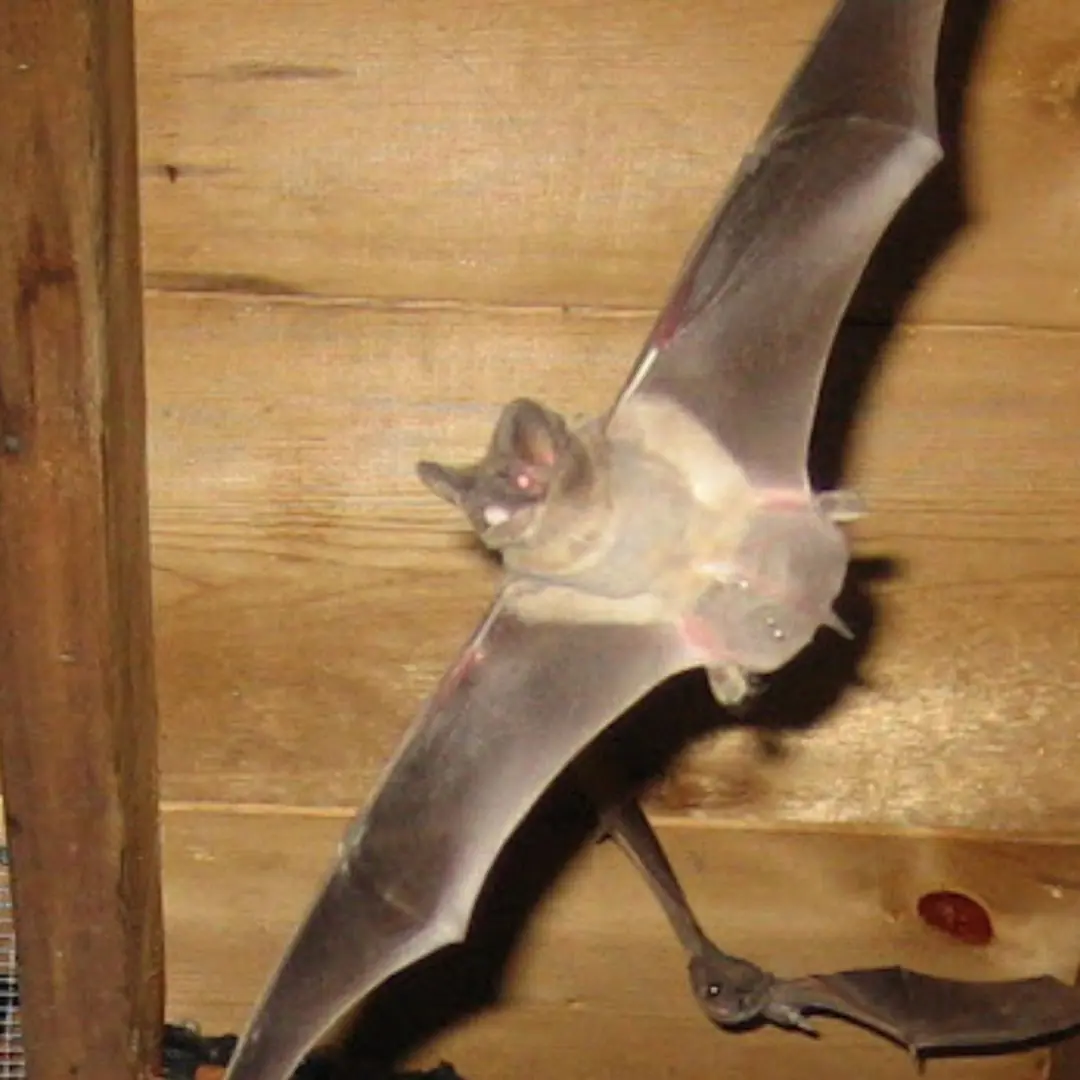
Don’t Panic! Follow These Steps If a Bat Gets Into Your House

4 Dangerous Mistakes When Thawing Fish
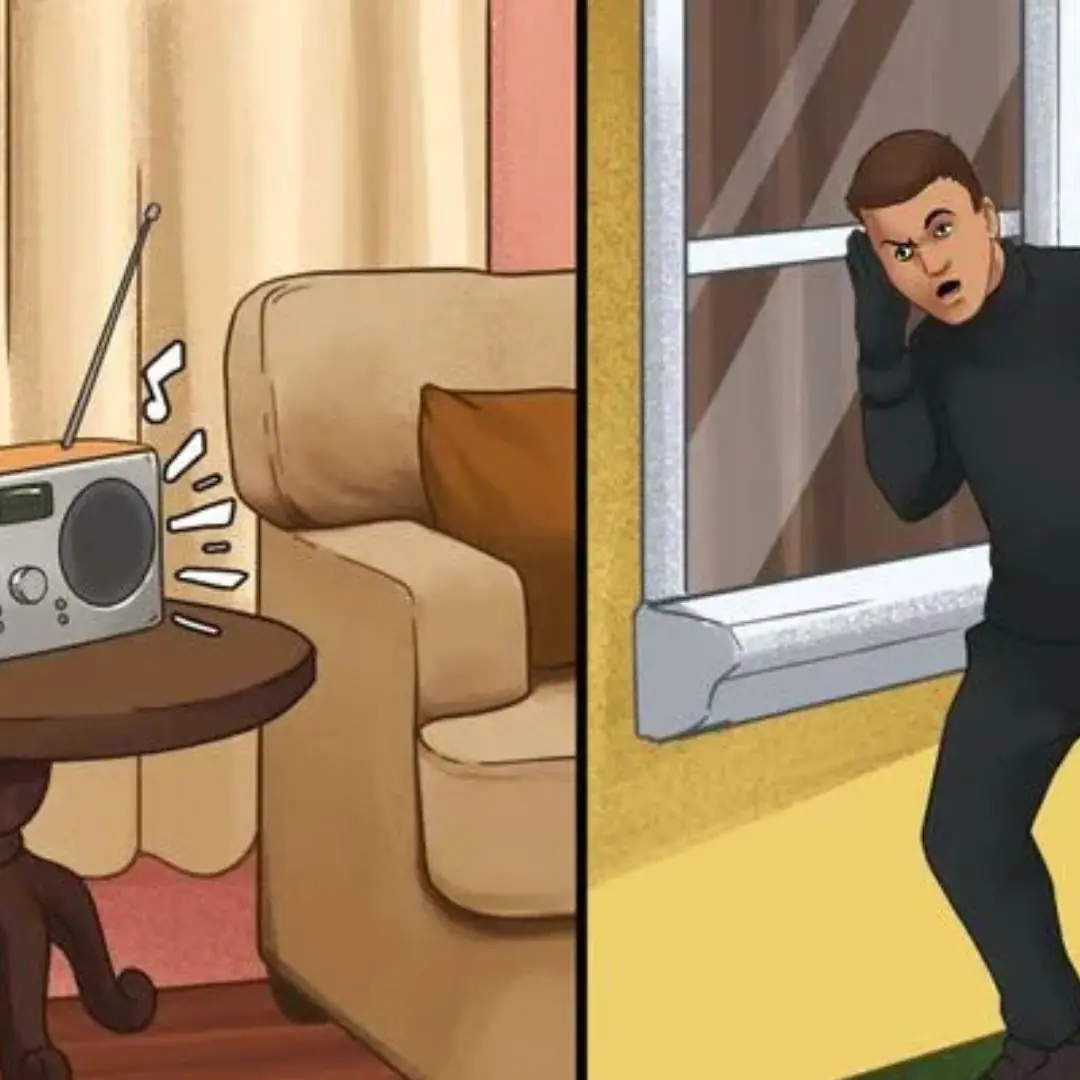
10 tips to keep thieves away from your home

Mistake #5: Almost everyone makes it—but few actually notice

Tips to Skim Excess Fat from Greasy Soup
News Post

Not milk or dried shrimp – this is the real “Calcium King” that many people overlook

Man develops 'pork worms' in his br.ai.n after years doing this specific cooking habit

Diabetes can 'show' strange signs in the neck: If you see them, don't ignore them

3 Drinks Called the “Calcium Drainers” But Many People Still Love

4 Surprisingly “Clean” Vegetables with Minimal Pesticides

3 Lucky Plants That Bring Prosperity and Wealth

6 Golden Habits to Help Seniors Reduce the Risk of Cerebral Infarction

One Part of Chicken Contains Four Times More Cholesterol Than Pork Fat

Sweet Potatoes Are Not Good for These 3 Groups of People

Just hang a handful of these leaves in front of your door - flies and mosquitoes will disappear

Want the Health Perks of Coffee? Here’s the Best Time to Drink It

Taylor Swift and Travis Kelce announce engagemen
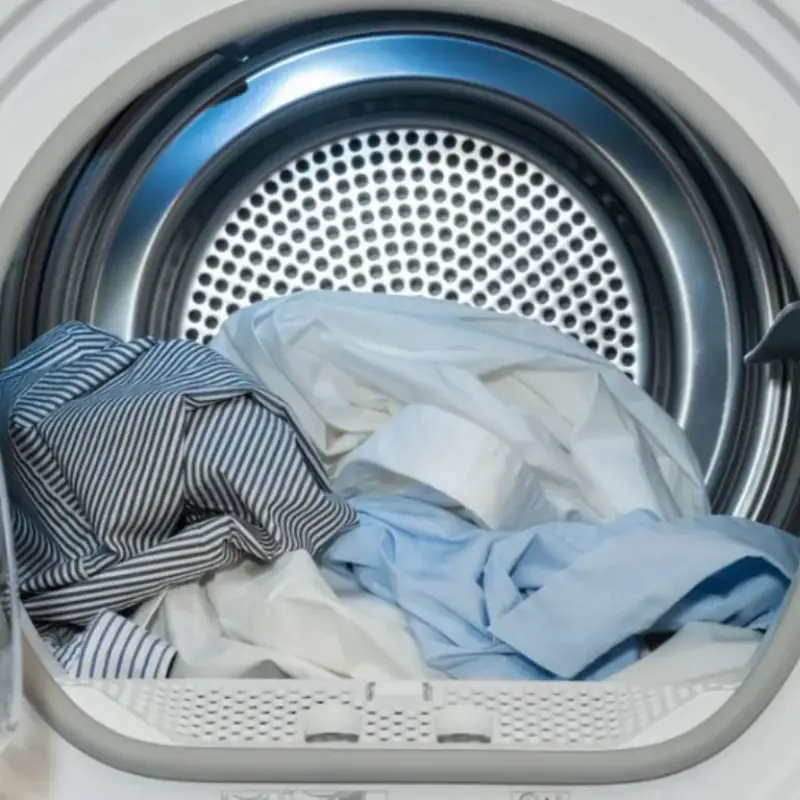
Washing Machines Have a Special Mode That Dries Clothes Faster

Flight attendant explains why cabin crew members always sit on their hands during takeoff

6 things you should absolutely not do when you have neck and shoulder pain because they destroy bones and joints and are terrible for your stomach

8 types of plants that attract snakes into the house

Mixing fabric softener with salt: Great use to solve household problems

Headache for 5 days, woman suddenly fell to the ground, co.nvulsed, had difficulty speaking

Summer or winter, Japanese people wear socks to sleep — here’s why!
